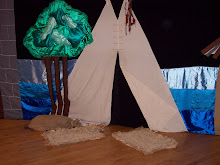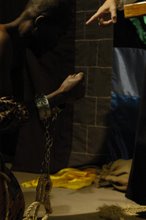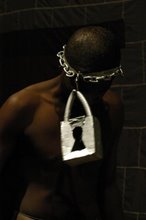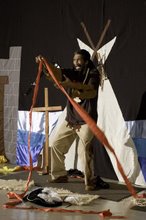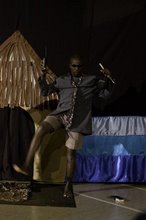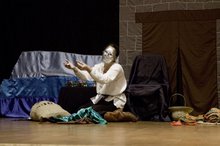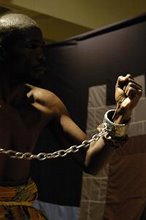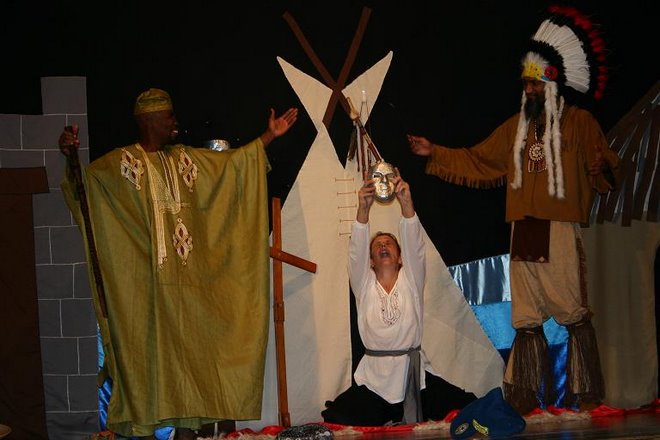1- February 4th 2PM at Santa Fe Community College, Gainesville, Florida
2- February 12th 7PM at Atonement Luthern Church, Denver, Colorado
3- February 19th 7Pm at First United Church of Canoga Park, California
4- February 22nd 4PM at Metropolitan State College, Denver, Colorado
5- February 27th 12PM at Metropolitan State College, Denver, Colorado
6- March 3rd 12PM at Naropa University, Boulder, Colorado
7- March 5th 3PM at International House University of Chicago, Illinois
8- March 12th at South Shore Cultural Center, Chicago, Illinois
9- March 16th at Morningside College, Sioux City, Iowa
10- March 20th at Charles Martin Community Center, South Bend, Indiana
11- March 22 at Saint Mary's College, South Bend, Indiana
12- March 28th at Stockbridge United Methodist Church, Kalamazoo, Michigan
13- March 29th at 1PM at Kalamazoo College, Kalamazoo, Michigan
14- April 2 7PM at First United Methodist Church of Germantown, Philadelphia, PA
15- April 5th 7PM at Keene College, Keene New Hampshire
16- April 8th 6PM at Sacred Heart Church, Portland, Maine
17- April 9th 2PM at Allen Avenue Unitarian Universalist Church, Portland Maine
18- April 12th 7PM at University of Mary Washington, Fredricksburg, Virginia
19- April 14th 8PM University of North Carolina, Asheville, North Carolina
20- April 17th 7:30PM at Church of the Incarnation, Charlottesville, Virginia
21- April 18th 8PM at Lynchburg College, Lynchburg, Virginia
22- April 20th 7PM at Unitarian Universalist Church, Norfolk, Virginia
23- April 22 7PM at Rutgers Presbyterian Church, New York, New York
24- April 28th 7PM at First Presbyterian Church of Clark's Summit Pennsylvania














